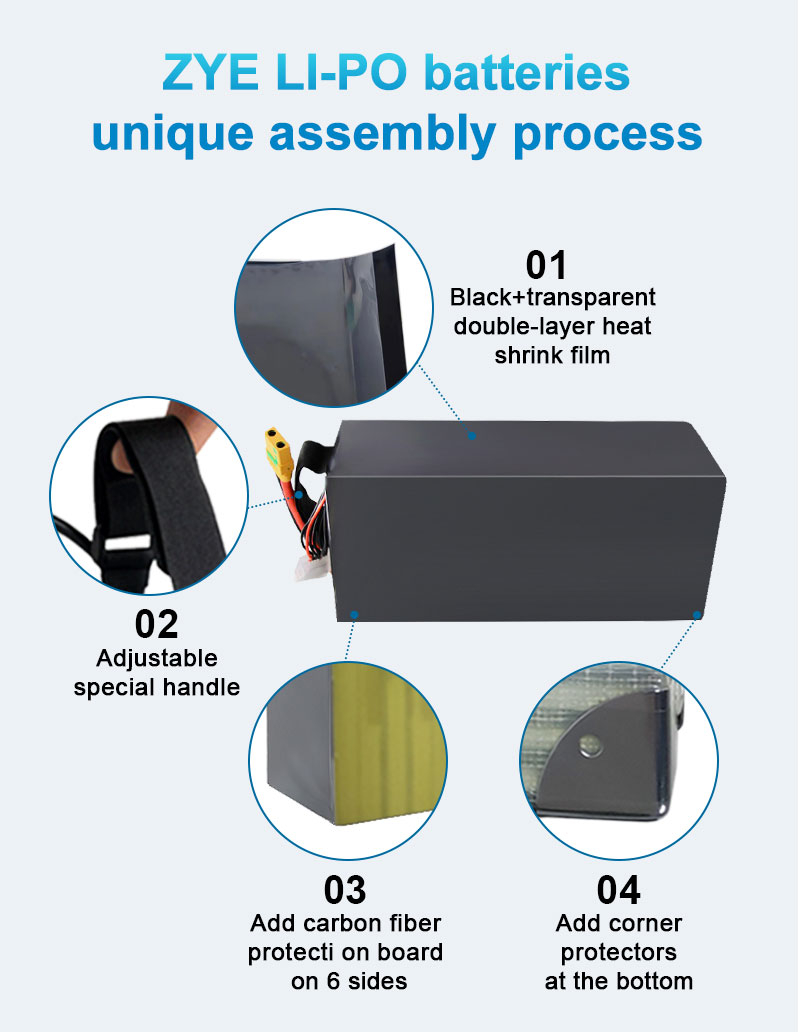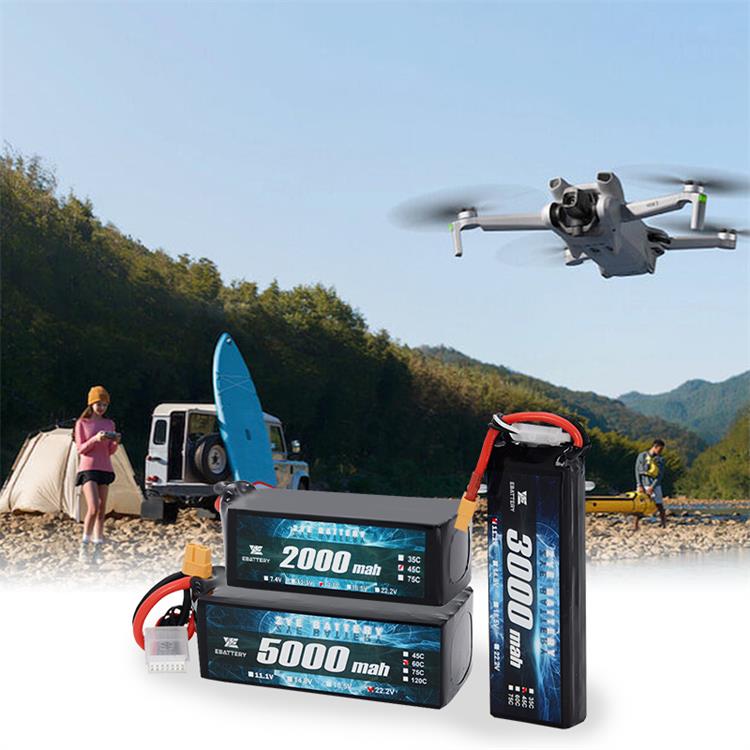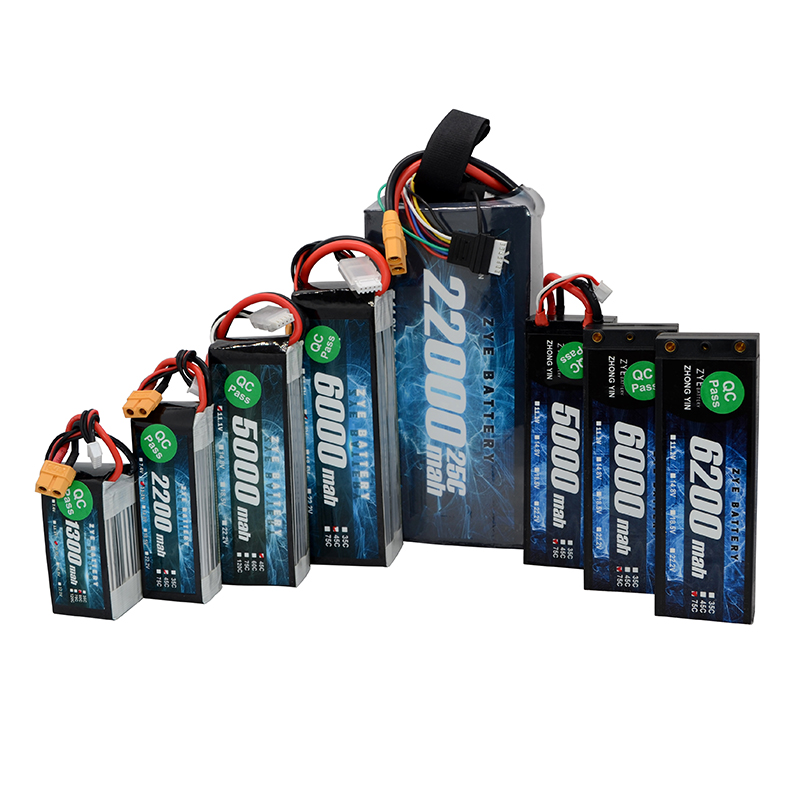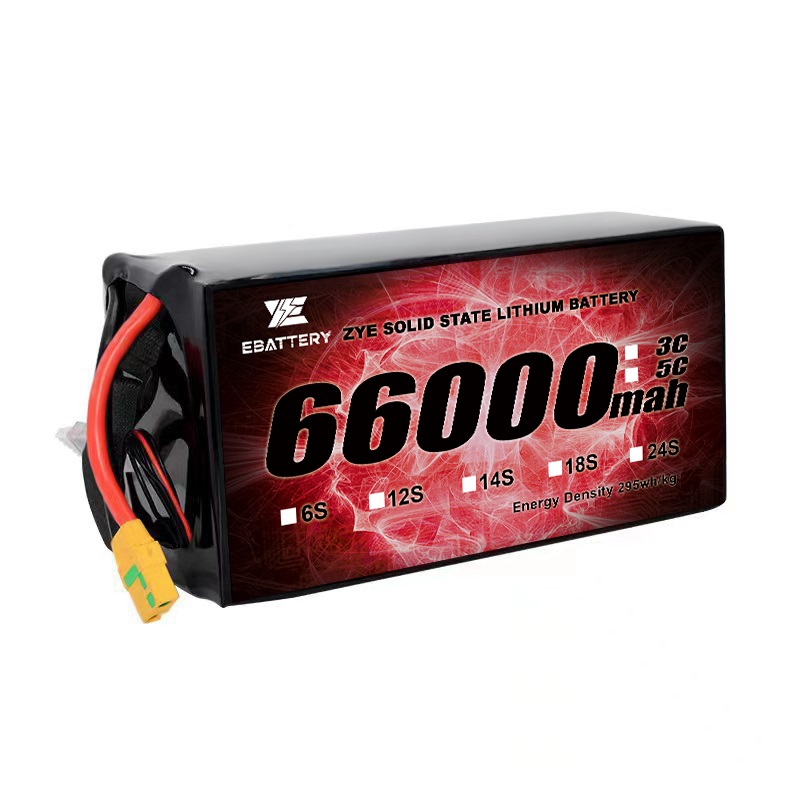How to charge lipo batteries?
2025-07-24
Lithium polymer (LiPo) batteries have revolutionized the world of remote-controlled vehicles, drones, and portable electronics.
Two popular types are lithium-ion (Li-ion) and lithium polymer (LiPo) batteries. While they share some similarities, their charging requirements differ significantly.
This article delves into the question: the differences between Li-ion and LiPo battery charging, how to charge lipo-battery?

Differences Between Li-ion and LiPo Battery
Voltage: Both Li-ion and LiPo cells have a nominal voltage of 3.7V per cell. However, LiPo batteries often come in multi-cell configurations, such as a 6s lipo battery, which has a nominal voltage of 22.2V (6 x 3.7V).
Charging Current: LiPo batteries generally accept higher charging currents compared to Li-ion batteries. This allows for faster charging times but requires more precise control.
Balancing: LiPo batteries, especially multi-cell packs like a 6s lipo battery, require cell balancing during charging to ensure each cell reaches the same voltage. Li-ion batteries typically don't require this level of precision.
Safety Features: LiPo chargers often have additional safety features to prevent overcharging, which can be more dangerous with LiPo batteries due to their higher energy density and potential for swelling.
Charging Profile: While both battery types use a Constant Current/Constant Voltage (CC/CV) charging profile, the specific parameters and cutoff points may differ.

How to Safely Charge a 6S LiPo Battery
To safely charge your lipo-battery, follow these steps:
1. Use a LiPo-compatible charger: Invest in a quality charger specifically designed for LiPo batteries. Look for features like balance charging and adjustable charge rates.
2. Set the correct battery type: Ensure your charger is set to LiPo mode and the correct cell count (6S for a 6s lipo battery).
3. Connect the balance lead: Always use the balance connector when charging. This allows the charger to monitor and balance individual cell voltages.
4. Set the appropriate charge rate: For most LiPo batteries, a charge rate of 1C (1 times the capacity) is safe. For a 5000mah 6s lipo battery, this would be 5A.
5. Monitor the charging process: Never leave a charging LiPo battery unattended. Use a LiPo safe bag or charging box for added safety.
6. Stop charging immediately if the battery becomes hot or starts to swell.
7. Allow the battery to cool before use after charging.
Remember, safety should always be your top priority when handling LiPo batteries. Using the correct charger and following proper procedures will help ensure the longevity of your battery and prevent potential hazards.
In conclusion, Always use the correct charger for your battery type, and when in doubt, err on the side of caution. Your lipo-battery will thank you with longer life and safer operation.
If you're looking for high-quality LiPo batteries or need expert advice on battery charging and maintenance, don't hesitate to reach out to us. Our team at ZYE is always ready to help you find the perfect power solution for your needs. Contact us at coco@zyepower.com for personalized assistance and top-notch battery products.
References
1. Johnson, A. (2022). The Complete Guide to LiPo Battery Charging. RC World Magazine, 45(3), 78-85.
2. Smith, B. R., & Davis, C. L. (2021). Comparative Analysis of Lithium-ion and Lithium Polymer Battery Technologies. Journal of Power Sources, 412, 229-237.
3. Brown, R. (2023). "Best Practices for Charging High-Voltage LiPo Batteries". RC Enthusiast Magazine, 78(2), 28-35.
4. Lee, S. et al. (2022). "Safety Considerations in LiPo Battery Charging". IEEE Transactions on Power Electronics, 37(4), 4321-4330.
5. Thompson, R. J. (2022). The Evolution of Lithium Battery Charging: From Li-ion to LiPo. Battery Technology Review, 17(2), 112-125.
























































